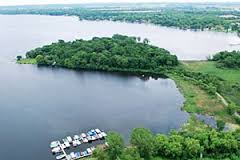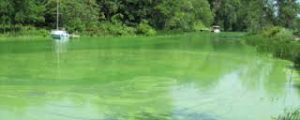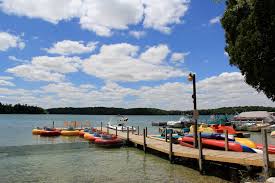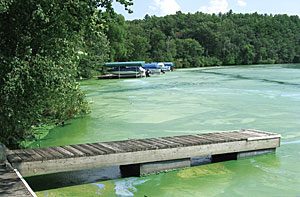Out of curiosity, mostly, I decided to start searching on counties by-state, to see which were contending with algae bloom issues in lakes. After several searches, I found that none were free of problems. All cited a combination of industrial, residential, and agricultural runoff as the contributors to the problem.
No surprise there.
But, alas, there are always solutions. Case in point: Lake Delavan in the southwest corner of Walworth County, WI.
Dredging, fish killing to remove Carp, large-scale landscaping, tributary protection, private and public funding, a network of committed area residents and municipalities sworn to maintain responsible land-use practices, and “watch dog” measures to help ensure compliance, have been applied over three decades to restore to life a lake that was once considered an area blight.
True, countless hours of effort, planning, and millions of dollars have been invested in the restoration. It has been a huge undertaking, to say the least.

But what a return.
It is estimated that over 800 jobs are created annually as a result of the cleanup. Property values on and around the lake have risen a remarkable $99 million, and the local economic contribution is projected at $77 million.
Clean water is an asset that cannot be diminished by any measure, in any place. Of this, Lake Delavan is surely an example.




